Tourism, once a boon to economies worldwide, has turned into a double-edged sword. While it brings in revenue, it also brings a host of problems. From overcrowding and environmental degradation to cultural erosion and disrespect for local communities, the negative impacts of tourism have reached a tipping point.
In response, destinations across the globe are pushing back. From idyllic islands to bustling cities, places once welcoming to visitors are now drawing the line. In this blog, we have covered places that were forced to take action to protect themselves from reckless tourists.
Portofino, Italy

Portofino, a picturesque Italian fishing village, has been overwhelmed by tourists for quite some time now. The influx of visitors has led to overcrowding, traffic congestion, and a decline in the quality of life for residents. Once catering to a niche clientele, local businesses have transformed to accommodate mass tourism, diluting the authentic village experience. To combat over-tourism, the government has implemented red zones during peak seasons, where tourists may be fined almost £242 for stopping for their Instagram photos. This is to avoid traffic jams when tourists pause for multiple pictures.
Bali, Indonesia
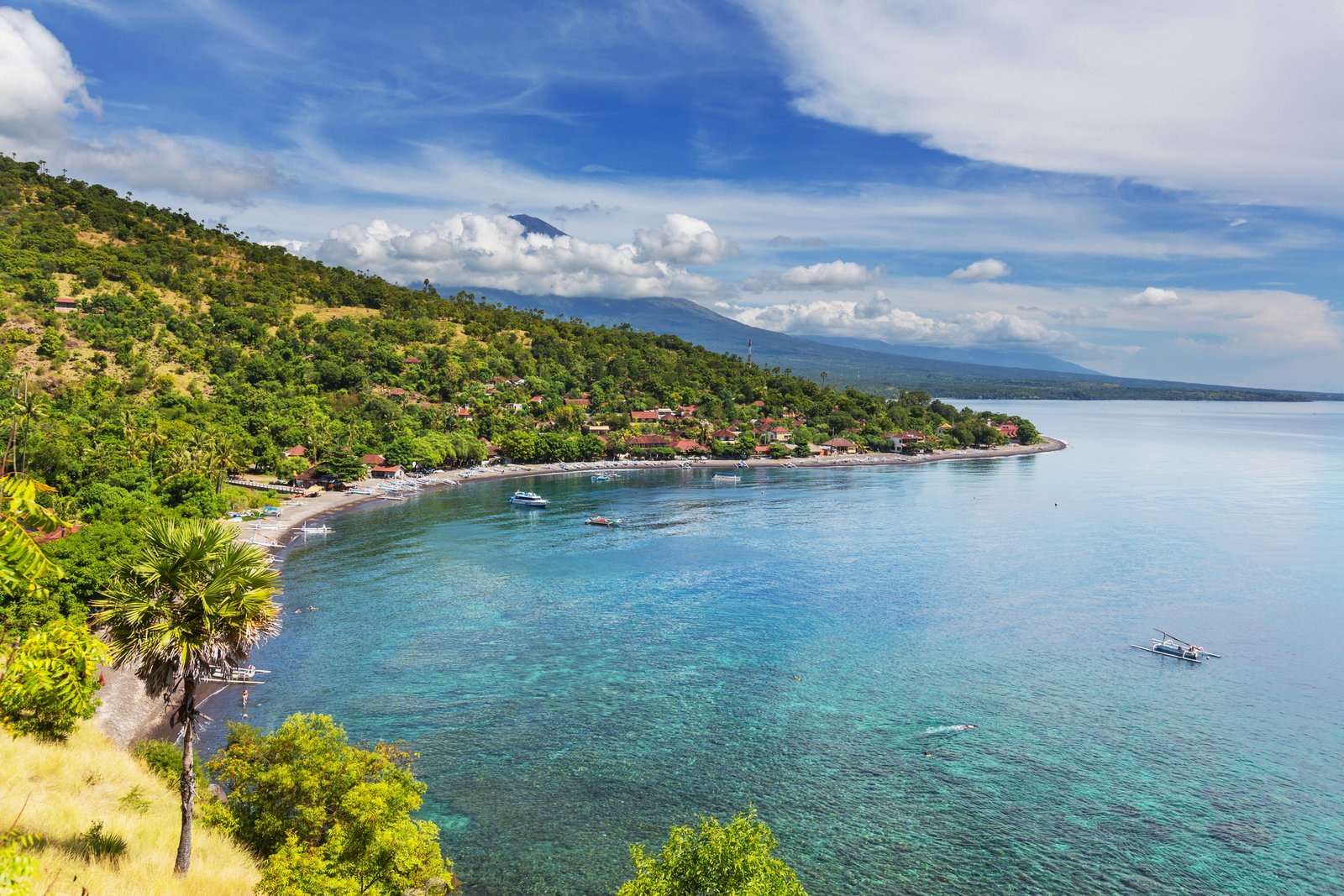
Once a peaceful paradise, Bali has seen a surge in tourism, leading to overcrowding, environmental damage, and disrespectful behavior. The island faced significant backlash in the past due to increasing incidents of disrespect for local culture and environment. This led to a growing awareness of over-tourism. Bali Governor Wayan Koster introduced stricter regulations, including requiring foreign visitors to purchase mandatory travel insurance, limiting scooter rentals, and cracking down on illegal accommodation.
Barcelona, Spain

Barcelona has been grappling with the negative impacts of overtourism for years. There are many reasons behind it. Firstly, the tourists have driven up demand for short-term rentals, leading to a shortage of affordable housing for locals. The city center has also transformed into a tourist-oriented hub, diluting the authentic Catalan experience. Besides that, there is constant noise pollution and public disorder due to the partying tourists. To protest against all of this, the residents have taken various measures, which include coming out on the streets and expressing their discontent and even engaging in more unconventional tactics like spraying water pistols at tourists.
Galapagos Islands, Ecuador
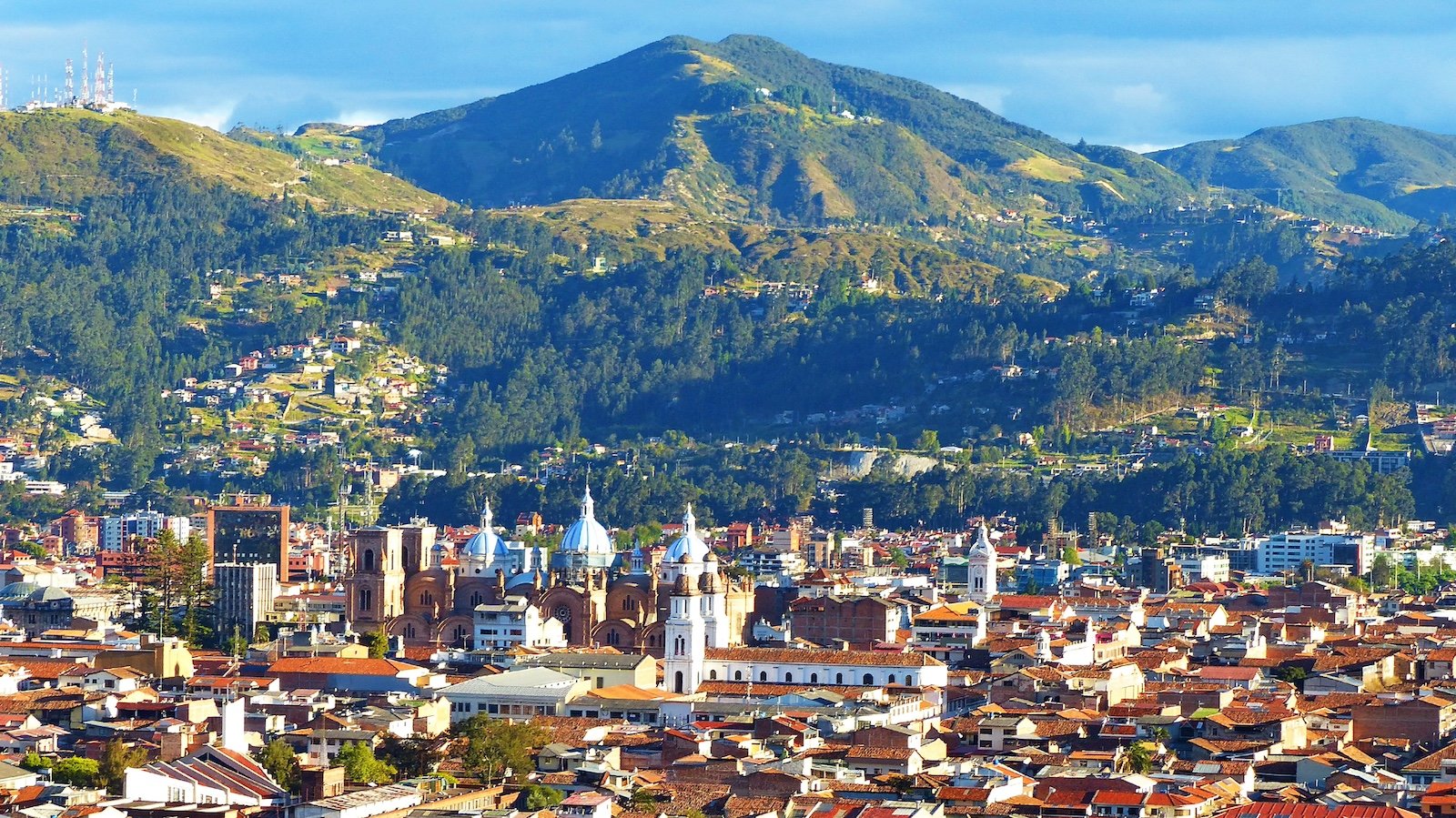
The Galapagos Islands, a fragile ecosystem renowned for its unique wildlife, has faced significant challenges due to over-tourism. The delicate balance of the islands’ environment has been disrupted by the increasing number of visitors, leading to habitat destruction, pollution, and disturbance of wildlife. To undo the damage, the government has imposed strict regulations for tourists. One of these is paying an increased entry tax of $200 for international visitors and $100 for visitors from Bolivia, Colombia, Peru, and similar regions.
Athens, Greece
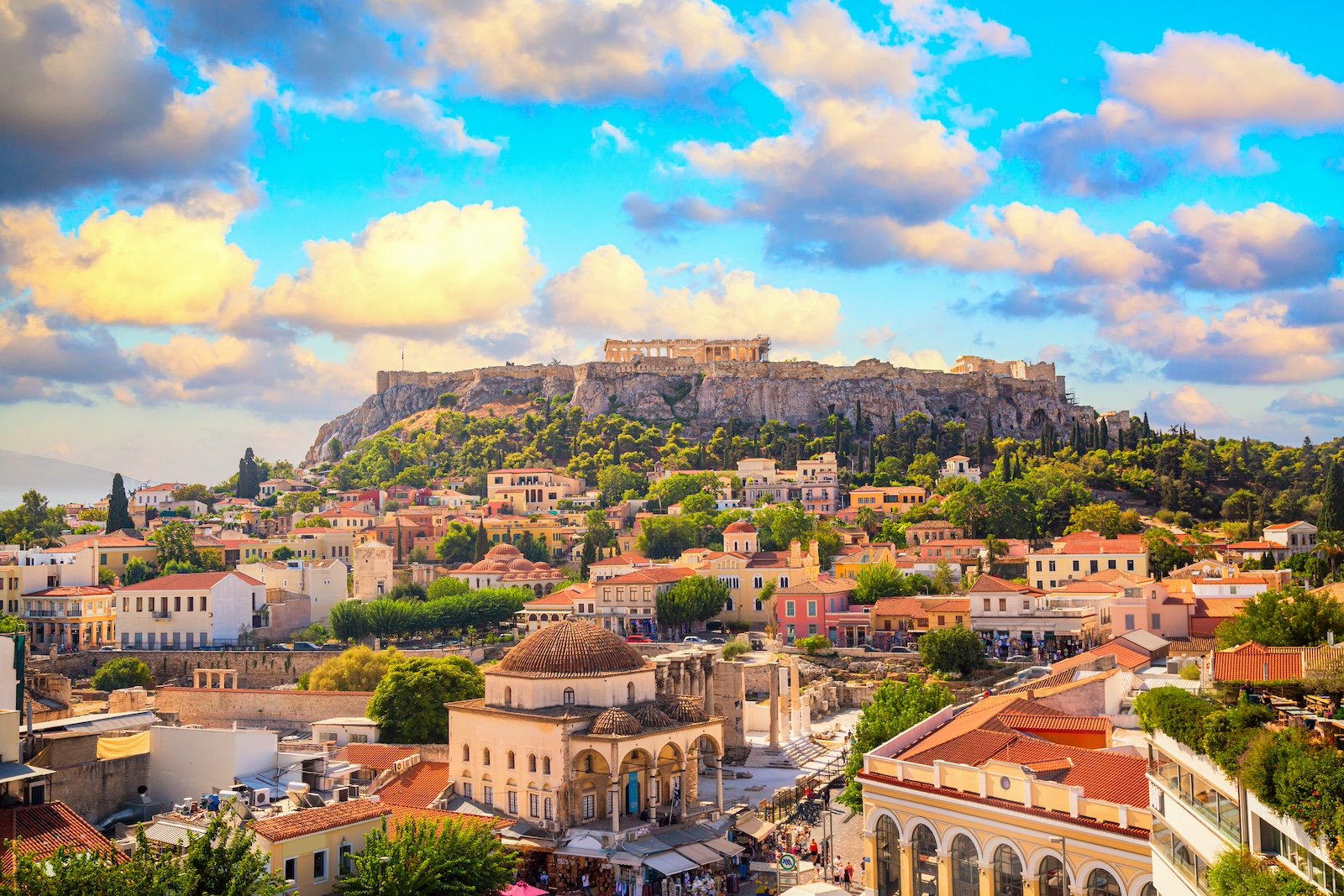
While not as overt as Barcelona, Athens is also facing challenges related to overtourism. The Acropolis and other ancient landmarks often struggle to accommodate the influx of visitors, leading to long queues and a diminished visitor experience. Plus, the increased tourism has led to higher prices for accommodation, food, and other goods, making life more expensive for locals. Recently, Greece made a “No more tourism” plea to save the historical city from over-tourism. Their protest has manifested in various forms, such as painting graffiti for foreigners, which shows the loss of local people.
Venice, Italy
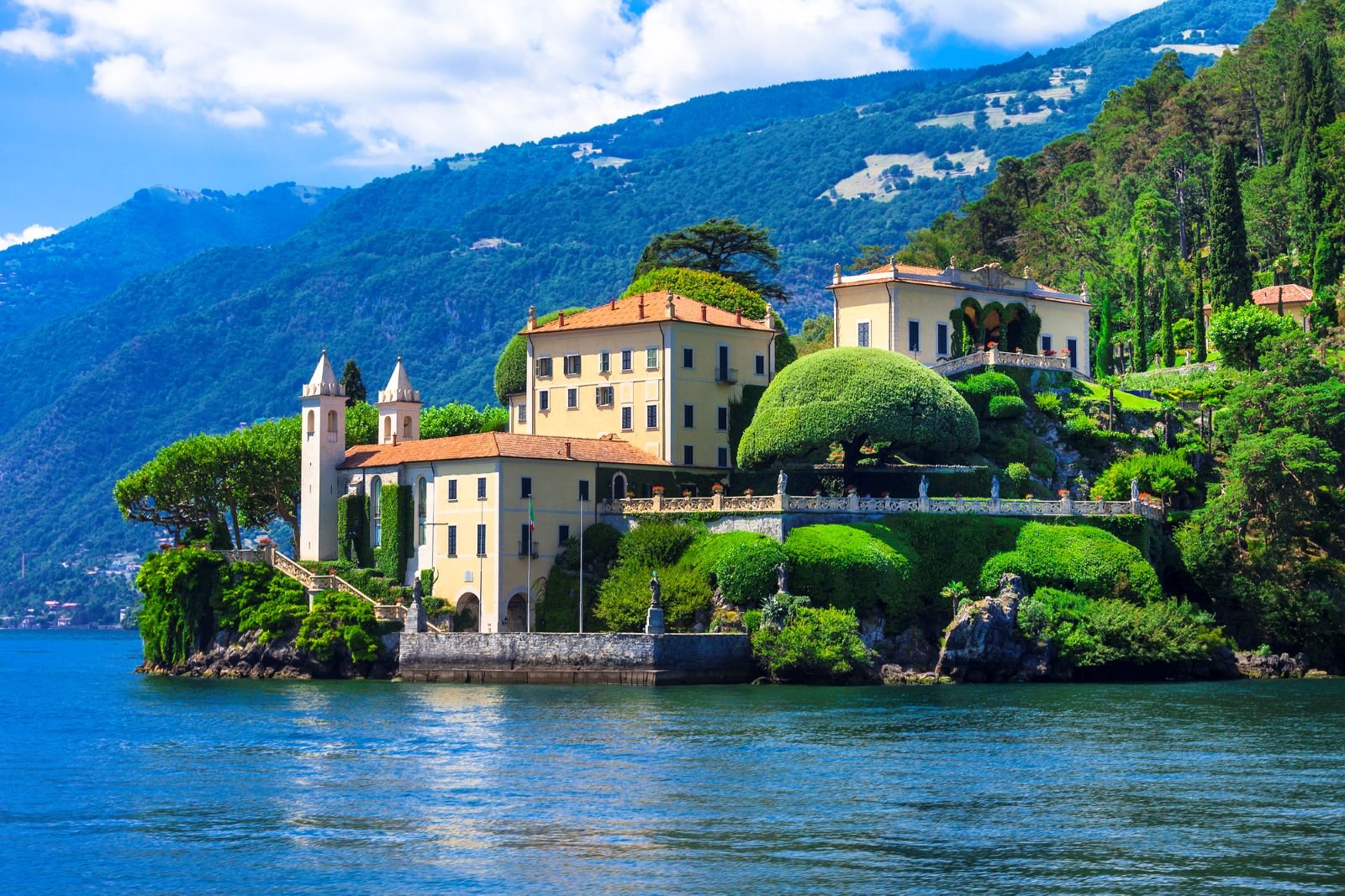
This iconic city has been struggling with overtourism for years. To protect its historical and artistic heritage, Venice has implemented several measures, including restricting cruise ship access, charging a tourist tax, and limiting the number of visitors to popular attractions. Recently, in April, they introduced a €5 ($5.44) charge, particularly for overcrowded places, to deter some visitors. The city has also considered banning large backpacks and suitcases in certain areas.
Maya Beach, Thailand

Maya Beach, made famous by the movie “The Beach,” experienced a rapid surge in popularity, leading to severe environmental degradation. The once pristine beach was overrun by tourists, resulting in erosion, pollution, and damage to coral reefs. The local community faced challenges due to overcrowding, infrastructure strain, and the loss of traditional livelihoods. To make things stop, the Island was closed in the summer of 2018. It was reopened in January 2022, but the ban on swimming in the bay remains.
Mallorca, Spain
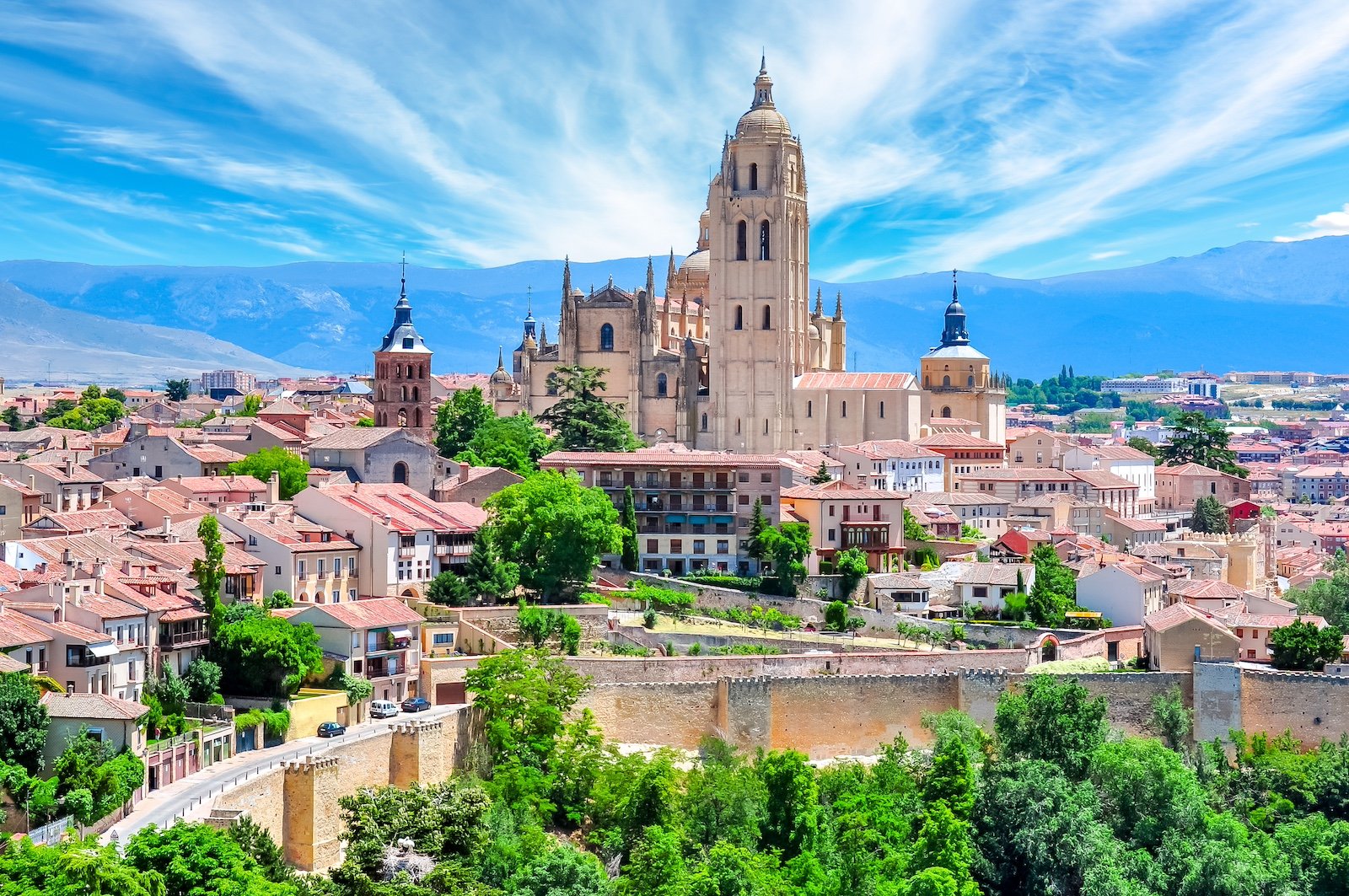
Loved for its beautiful beaches and vibrant nightlife, Mallorca has faced problems with drunk and disorderly tourists. To combat this, the Spanish government has introduced stricter regulations on alcohol consumption in public places, imposed fines for anti-social behavior, and even banned all-inclusive holiday packages that promote excessive drinking. Besides that, there have been many local protests. The most recent one was on 16th June, where the protestors used slogans like ‘let’s occupy our beaches.’ The protest was to express the disappointment of how the locals themselves are unable to enjoy the beaches as they used to.
Okinawa, Japan
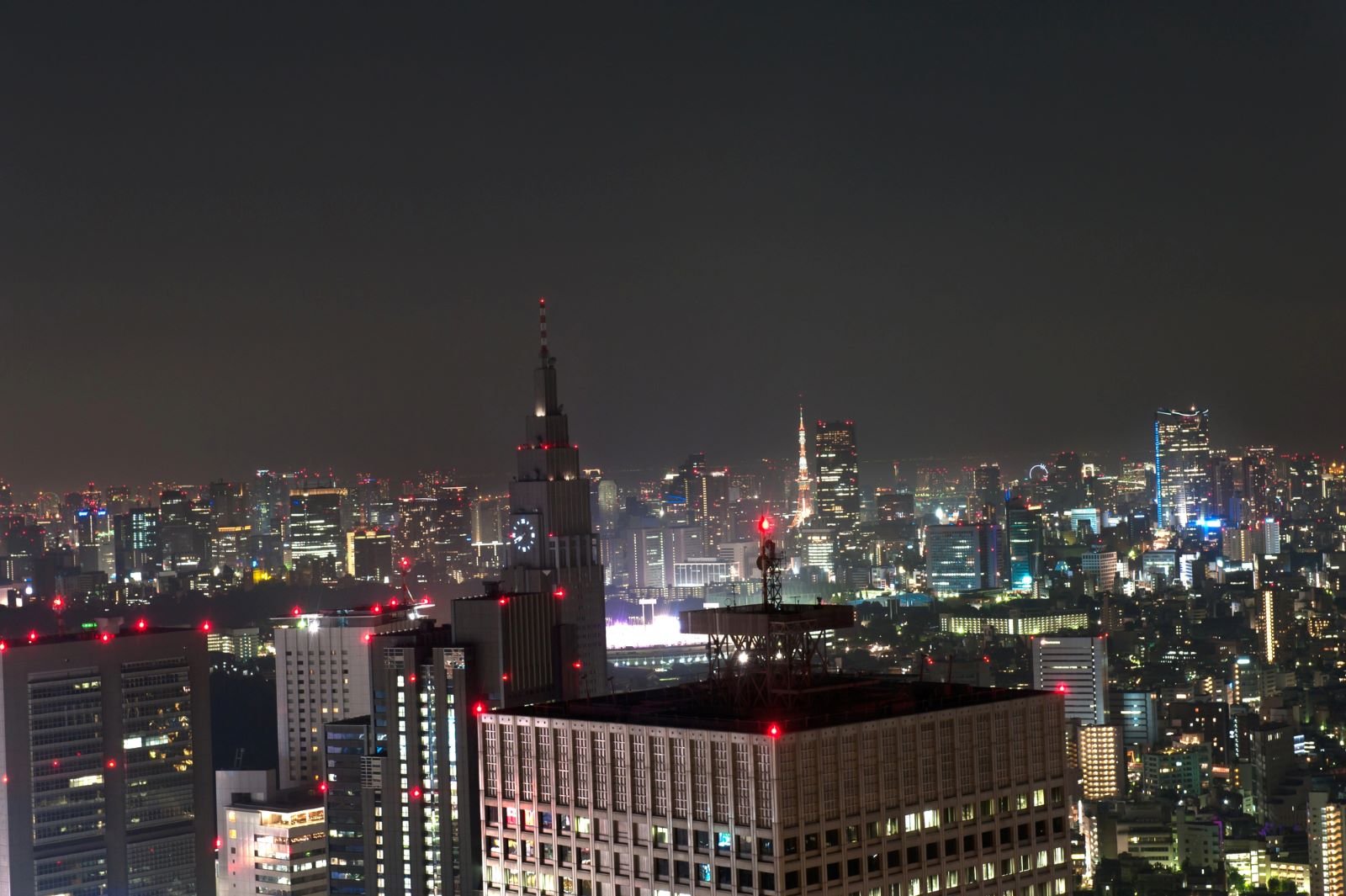
Okinawa, known for its pristine beaches and rich marine life, has been grappling with the consequences of overtourism. Increased foot traffic and waste are harming delicate ecosystems. Plus, the locals are being priced out of their homes to meet the demand for tourist accommodations. Not to mention, the traditional Okinawan culture is being overshadowed by commercialized tourist attractions. To combat the situation, Okinawa has introduced a limit on visitor numbers and capped it to 1200 tourists/ day.
Amsterdam, the Netherlands

Amsterdam’s reputation as a liberal, open city has attracted a large number of tourists, many seeking out its red-light district and coffee shops. However, due to over-tourism, the residents are now frustrated with noise pollution, crime, and drug-related problems. The city center has become heavily commercialized, losing its charm. The latest measure against this problem was a campaign against overtourism. According to that, the number of river cruises in the Dutch capital will be limited. The predicted number of tourists allowed to enter and stay in the city via river cruise is around 271,000 per year.
Penang, Malaysia

Penang, a popular destination for food and culture, is facing several issues due to over-tourism. Firstly, the traffic issues are worse than ever, and the development pressures are impacting the island’s natural beauty. Not to mention that the locals are finding it increasingly difficult to afford housing and other necessities. To put an end to the issue, the Island banned short-term rental platforms like Airbnb Homes in June 2023.
Boracay, Philippines

Boracay, once renowned for its pristine white-sand beaches, faced a severe crisis due to overtourism and environmental degradation. This led to a complete closure of the island for six months in 2018. The island’s environment was severely affected by the overtures, and the island’s infrastructure was unable to cope with the influx of visitors. Since the closure, Boracay has undergone a significant transformation. The government has implemented strict environmental regulations, limited the number of tourists, and focused on sustainable development. The island is gradually recovering its former glory.


